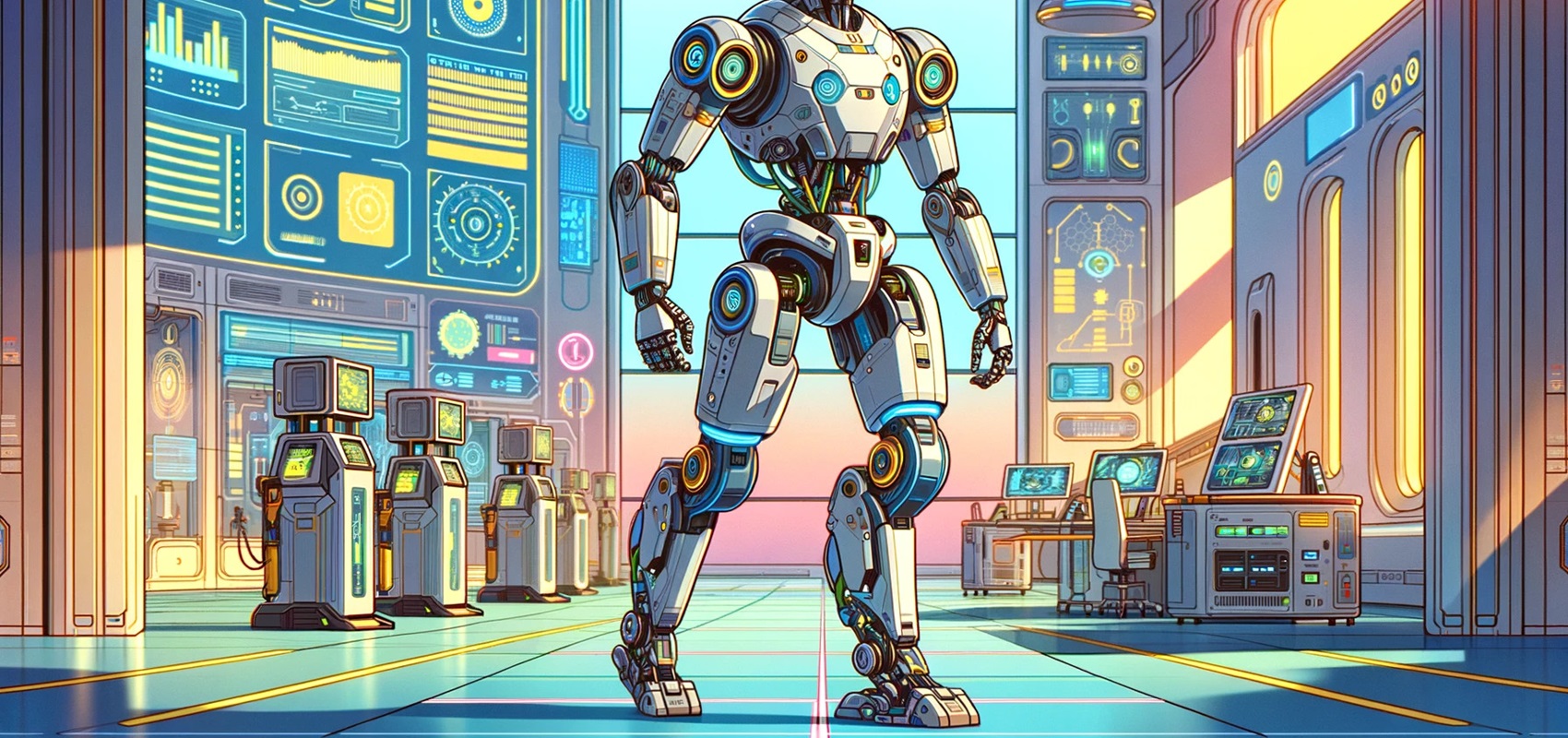
Battery Life in Bipedal Robots
Bipedal robots, with their human-like gait and versatile applications, represent a significant advancement in robotics. However, one of the most critical challenges in their development and deployment is battery life. Ensuring that these robots can operate efficiently over extended periods without frequent recharging is paramount. This blog post delves into the various aspects of battery life in bipedal robots, exploring energy consumption, battery technologies, regenerative energy systems, battery management, and design considerations.
Energy Consumption and Efficiency
One of the fundamental aspects of extending battery life in bipedal robots is managing energy consumption efficiently. Power management systems play a crucial role in monitoring and optimizing power usage in real-time. These systems can dynamically adjust the power supplied to different components based on their current needs, thus conserving energy.
Component efficiency is another critical factor. Motors, sensors, and processors must be designed or chosen for their energy efficiency. For instance, brushless DC motors, known for their high efficiency and long lifespan, are often preferred in bipedal robots. Similarly, sensors that can operate effectively at lower power levels contribute significantly to overall energy savings.
Software optimization is equally important. Algorithms that control the robot’s movements and operations can be fine-tuned to minimize power draw. This involves optimizing the gait patterns to reduce unnecessary energy expenditure, scheduling sensor activities intelligently, and ensuring that the robot enters low-power states when idle.
Battery Technologies and Innovations
The choice of battery technology is pivotal in determining the operational lifespan of bipedal robots. Lithium-ion batteries have been the standard due to their high energy density and reliability. However, recent advancements in solid-state batteries offer promising alternatives. Solid-state batteries provide higher energy densities and are safer, as they eliminate the risk of leakage and combustion associated with liquid electrolytes.
Energy density improvements are continually being researched. Higher energy density means more energy can be stored in a given volume, extending the robot’s operational time. This is particularly crucial for applications requiring extended autonomous operation, such as search and rescue missions or long-duration field studies.
Charging technologies are also evolving. Fast charging methods can reduce downtime, allowing robots to return to operation quickly. Wireless charging and inductive charging solutions offer the convenience of charging without physical connectors, which is particularly beneficial for robots operating in environments where human intervention is limited.
Regenerative Energy Systems
To further extend battery life, regenerative energy systems can be integrated into bipedal robots. Kinetic energy recovery systems (KERS) can capture energy from the robot’s movements, such as when it decelerates or descends stairs, and convert it back into electrical energy stored in the battery. This technology, similar to regenerative braking in electric vehicles, helps replenish the battery during operation.
Thermal energy harvesting is another innovative approach. Robots generate heat as they operate, and this heat can be captured and converted into electrical energy using thermoelectric generators. Although the amount of energy harvested is relatively small, it contributes to the overall energy budget and reduces reliance on the primary battery.
Solar energy integration, although more suited to outdoor environments, can significantly extend operational times. Solar panels can be mounted on the robot’s surface, converting sunlight into electrical energy. This approach is particularly useful for robots deployed in agricultural fields, construction sites, or exploration missions where sunlight is abundant.
Battery Life Monitoring and Management
Effective battery life management requires sophisticated monitoring systems. Real-time tracking of battery health and performance is essential to prevent unexpected failures and optimize usage. Health monitoring systems can provide insights into battery degradation, helping predict when maintenance or replacement is needed.
Predictive maintenance leverages data analytics to forecast potential issues before they occur. By analyzing patterns in battery performance data, these systems can predict when a battery is likely to fail and alert operators to perform preventive maintenance. This proactive approach minimizes downtime and ensures continuous operation.
Smart battery management systems (BMS) are at the heart of these monitoring and management efforts. Advanced BMS technologies enhance safety and efficiency by precisely controlling charging and discharging cycles, balancing cell voltages, and preventing overcharging or deep discharging. These systems ensure that the battery operates within safe limits, extending its lifespan.
Design Considerations for Extended Battery Life
Designing bipedal robots for extended battery life involves considering various factors from the outset. Lightweight materials play a significant role in reducing the overall weight of the robot, which directly impacts energy consumption. Advanced materials such as carbon fiber composites offer the strength needed while keeping weight to a minimum.
Modular battery systems provide flexibility in power management. Robots designed with swappable or expandable battery packs can easily adapt to different operational requirements. In scenarios requiring extended operation, additional battery modules can be attached, while for shorter tasks, a single battery pack may suffice.
Thermal management is another crucial aspect. Batteries generate heat during operation, and effective cooling systems are necessary to prevent overheating. Overheating can significantly degrade battery life and performance. Incorporating efficient cooling mechanisms, such as heat sinks or liquid cooling systems, helps maintain optimal battery temperatures.
Extending battery life in bipedal robots is a multifaceted challenge that requires a holistic approach, encompassing energy consumption optimization, advancements in battery technologies, regenerative energy systems, robust battery management, and thoughtful design considerations. By addressing these aspects, we can develop bipedal robots that are not only more efficient and reliable but also capable of performing complex tasks over extended periods, pushing the boundaries of what robotic systems can achieve.
